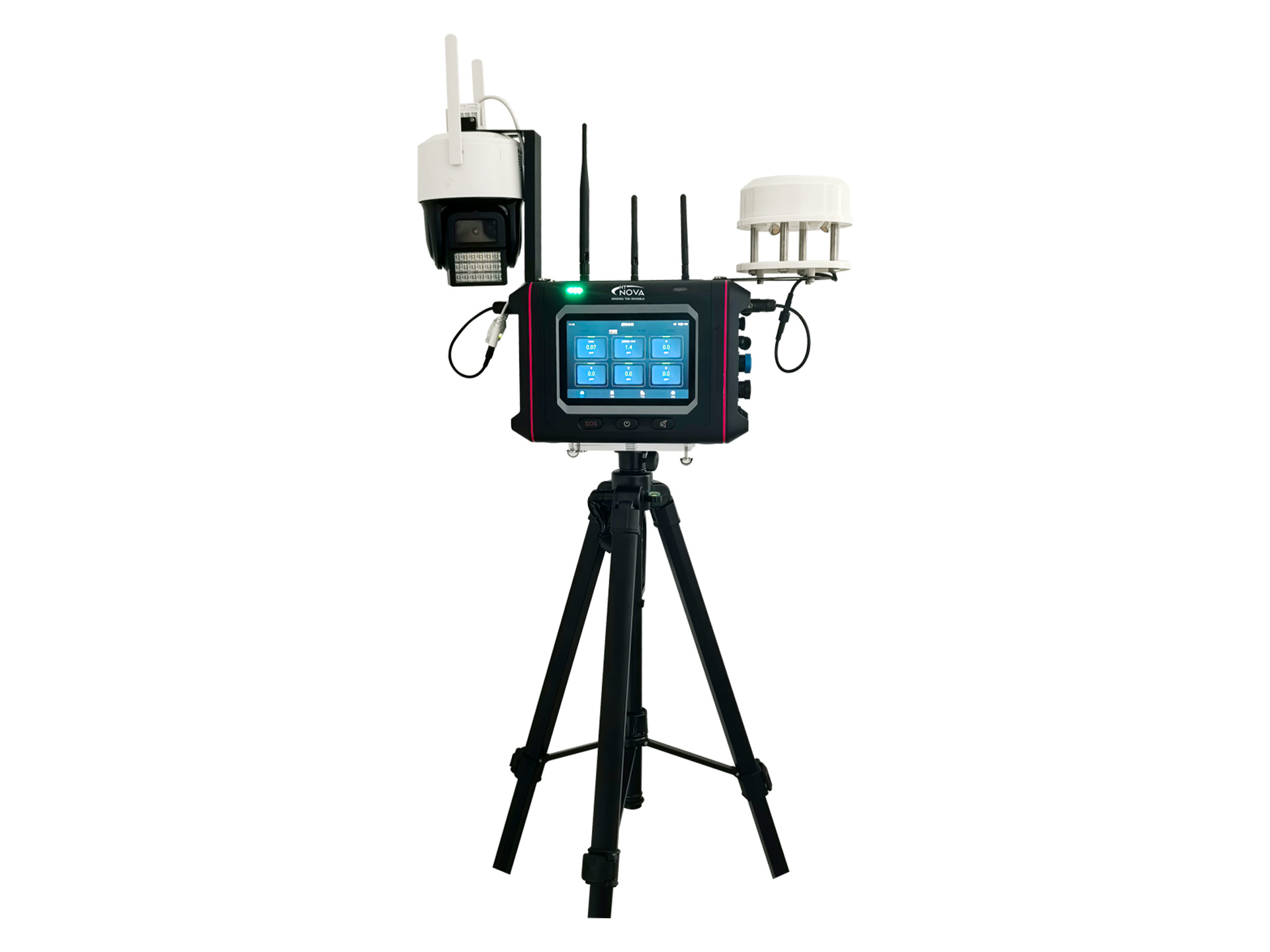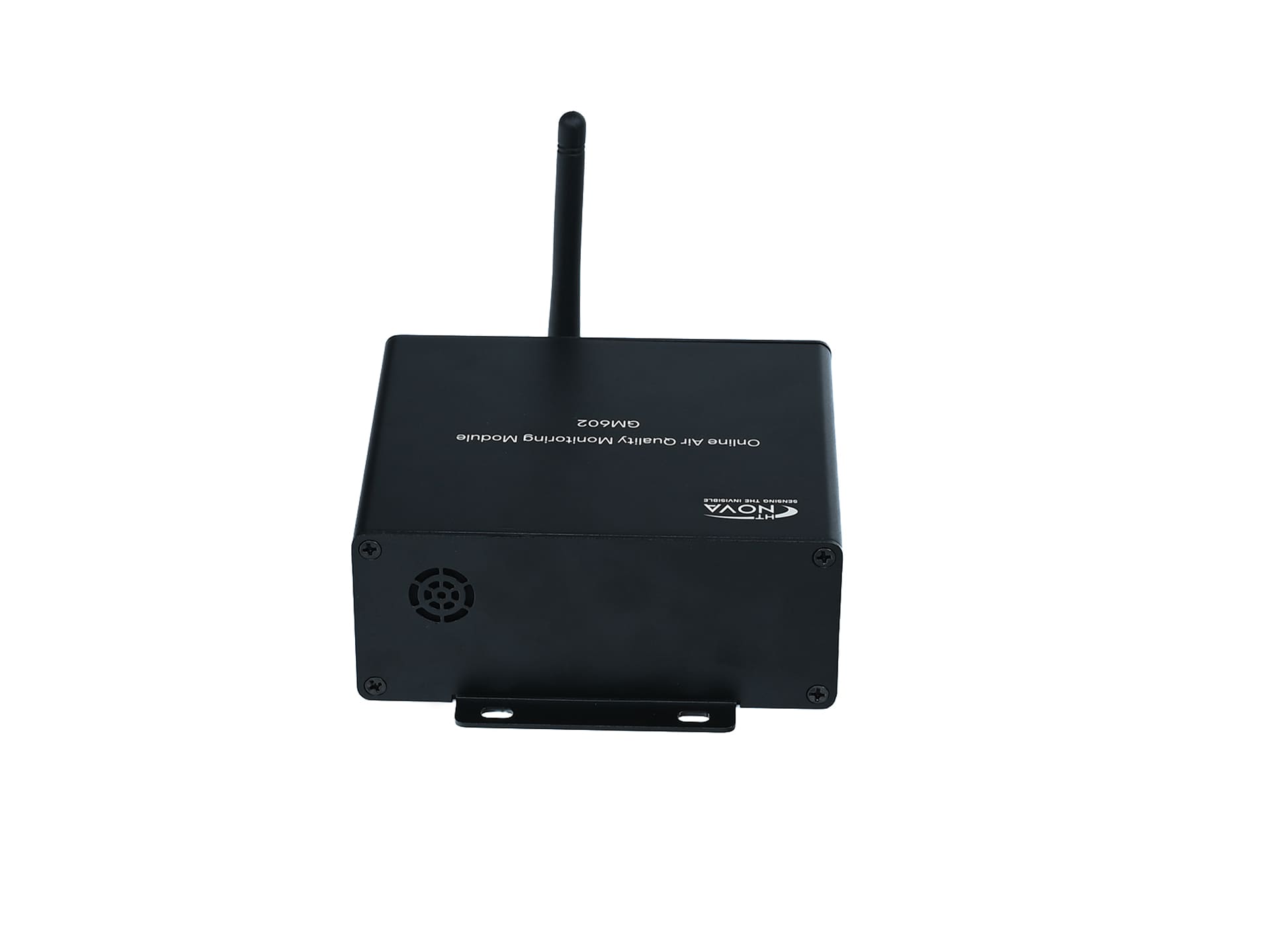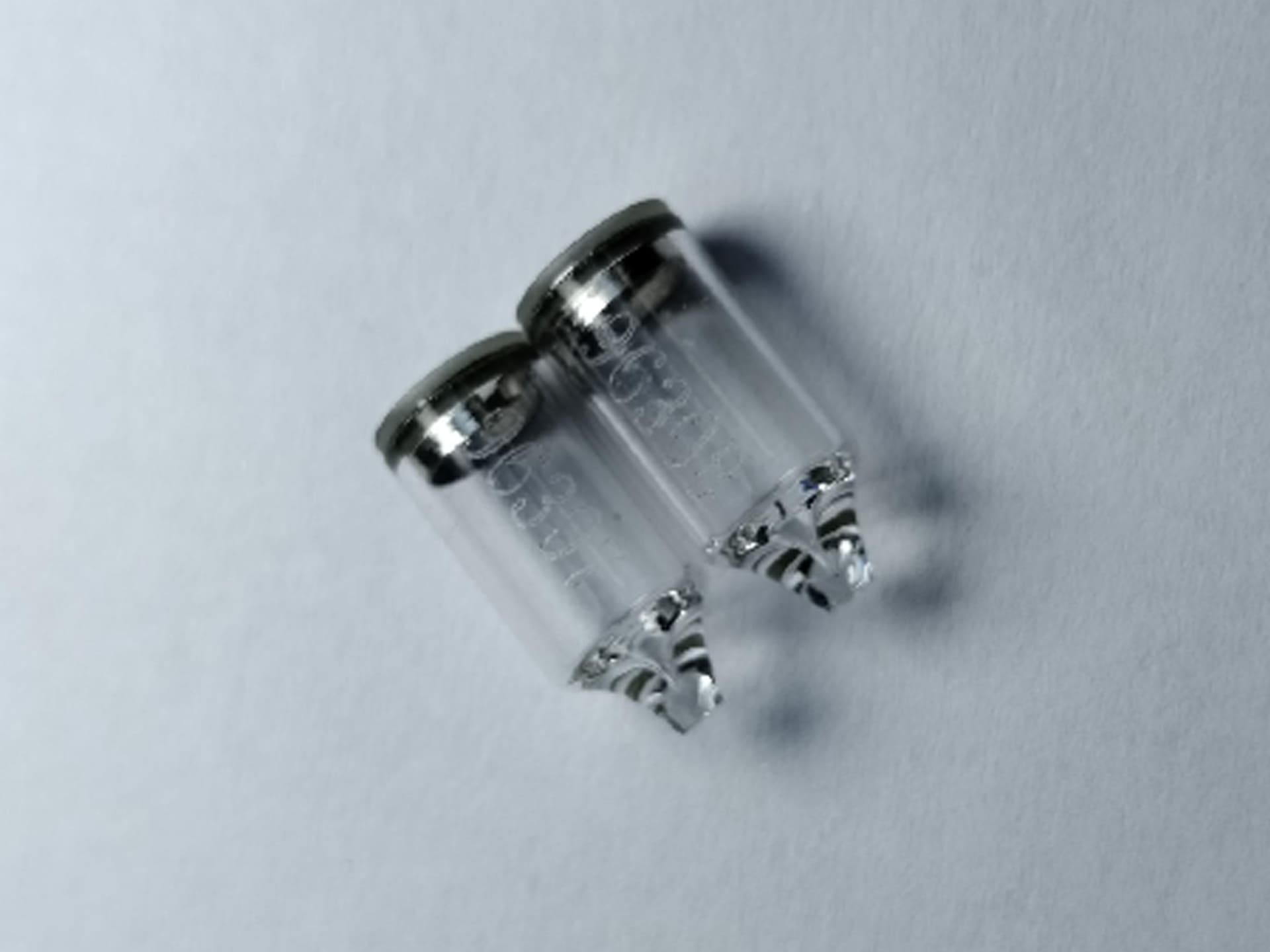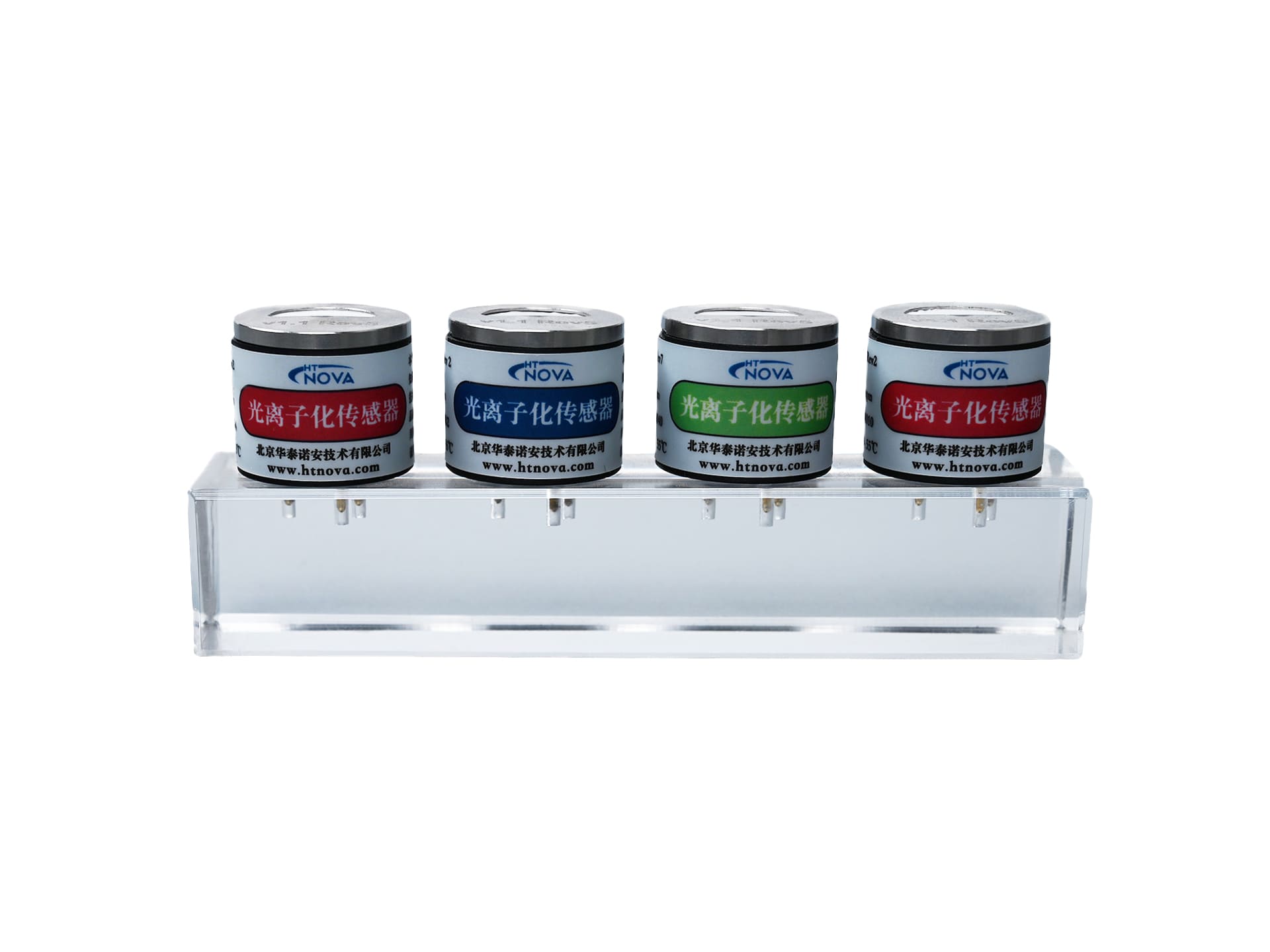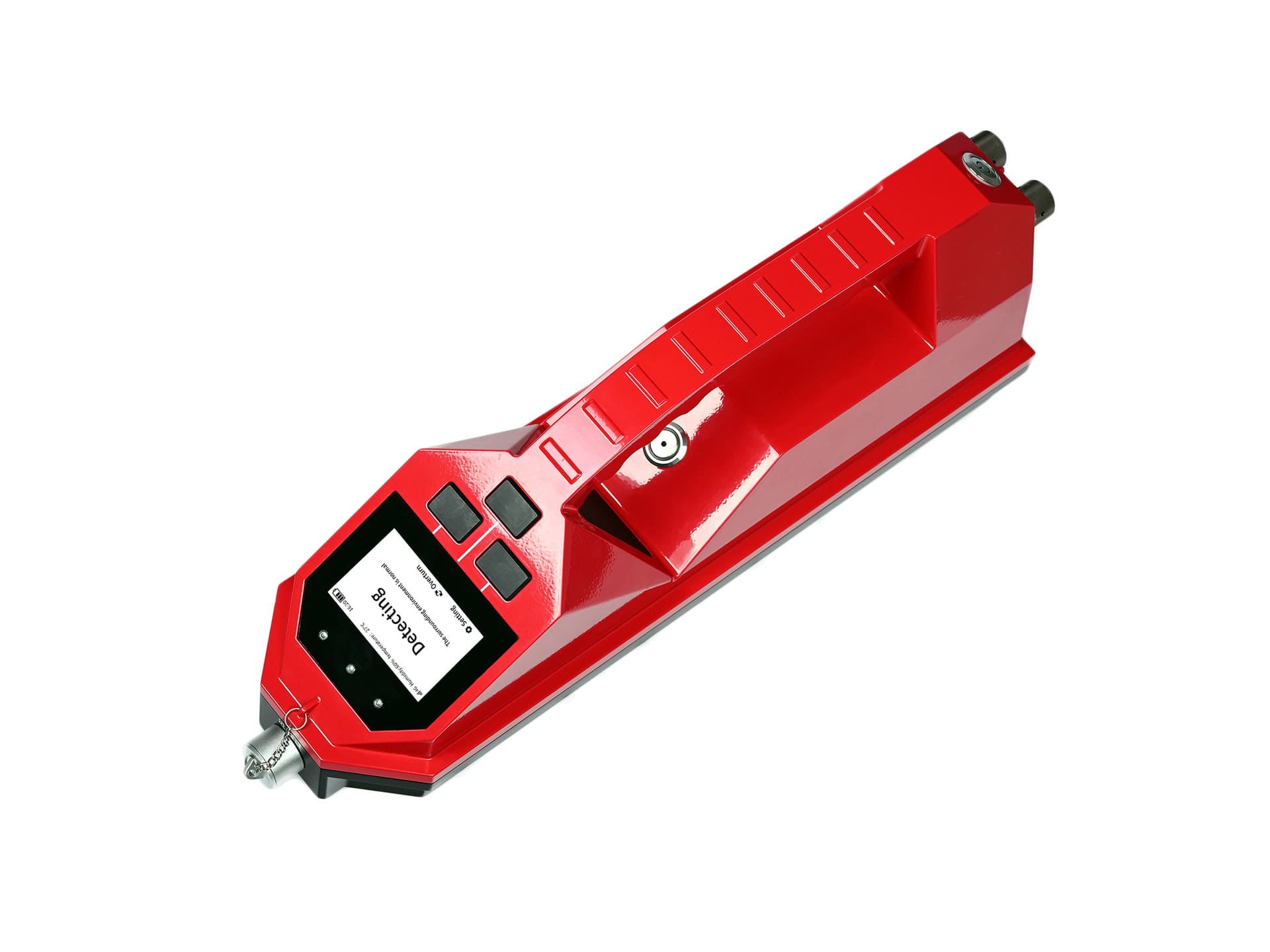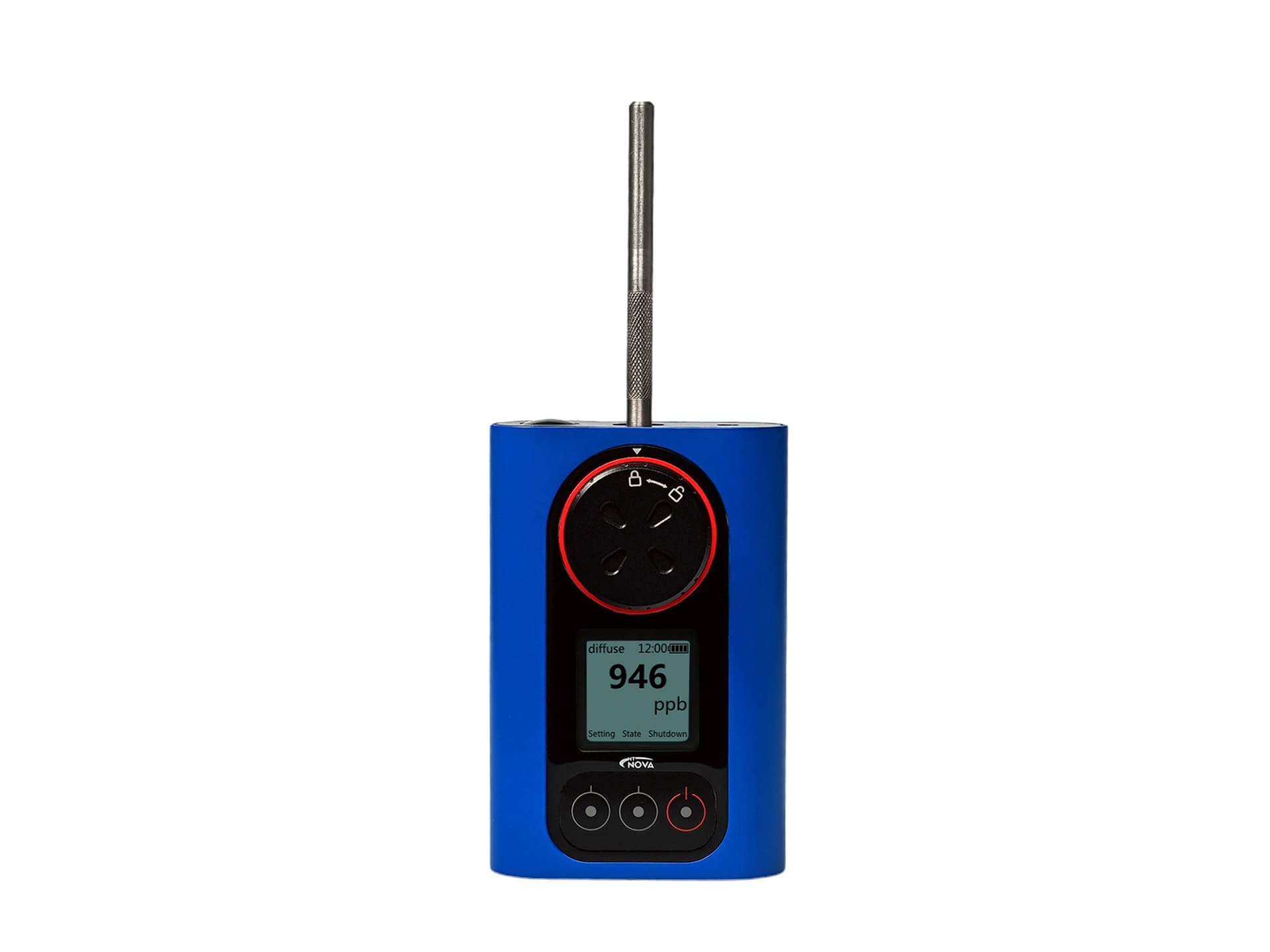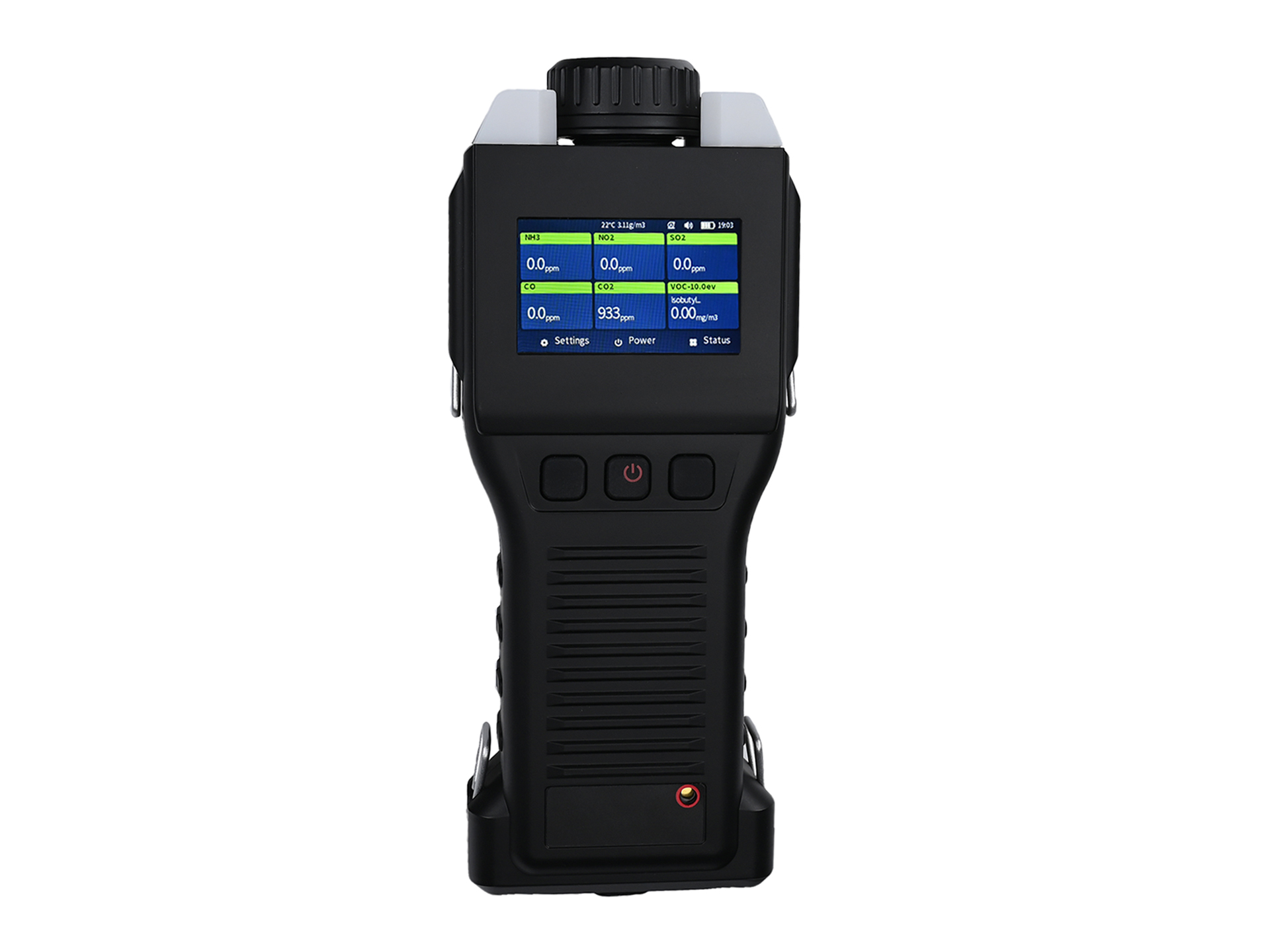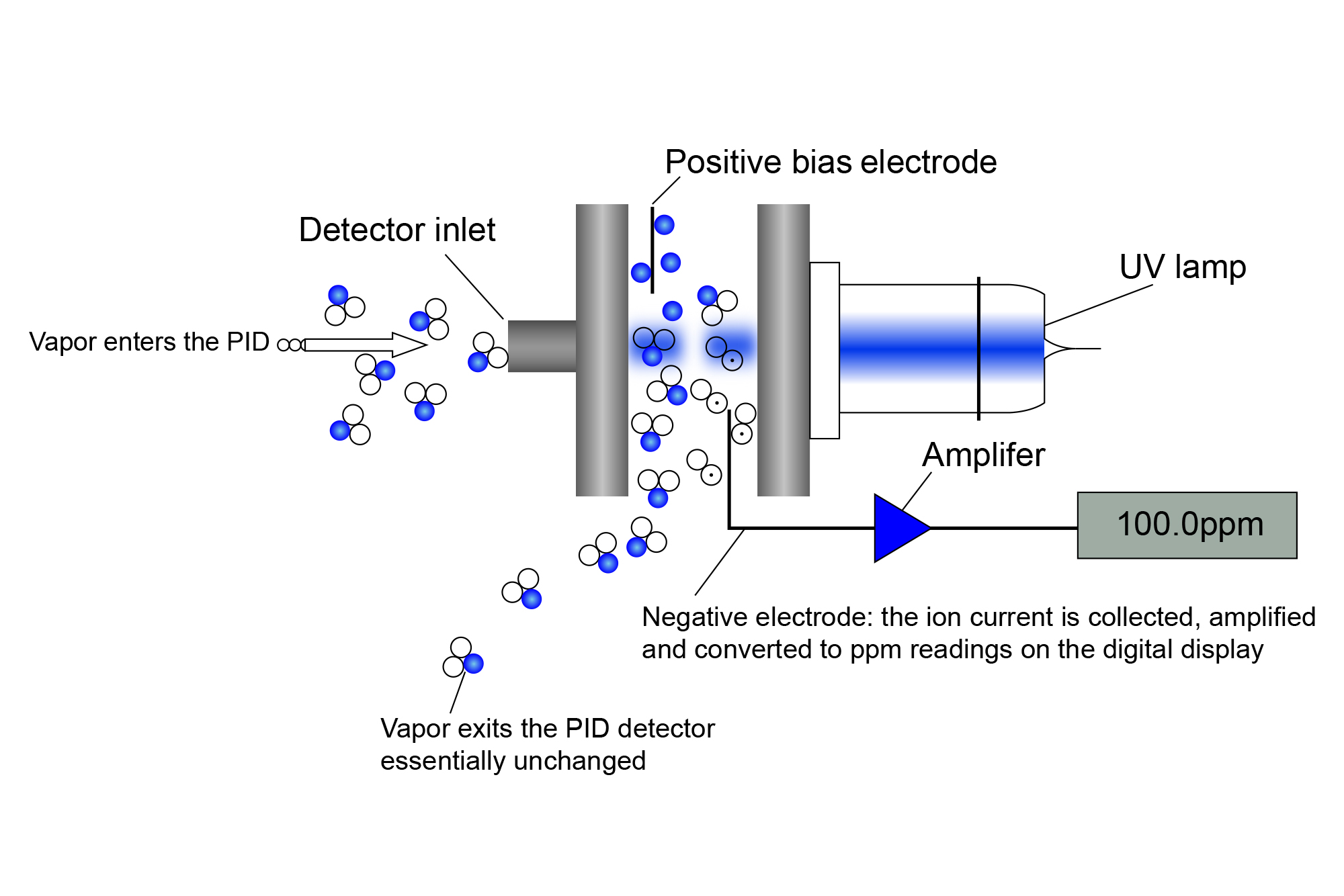
PID
A PID (Photoionization Detector) sensor is a gas detector used to measure volatile organic compounds (VOCs) and other gases in the air. It operates based on the principle of photoionization, where gas molecules are ionized by ultraviolet light, producing positive ions and electrons. The sensor detects the generated ions and measures the resulting current, which is proportional to the concentration of the target gas.
PID sensors have high sensitivity and can detect a wide range of VOCs, making them valuable in industrial environments, environmental monitoring, and safety applications. They are commonly used in industries such as chemical manufacturing, petrochemicals, environmental protection, and emergency response. PID sensors provide real-time measurements and can detect gases at low concentrations, making them highly effective for identifying potential hazardous substances in various environments.
Technology Features
High sensitivity, strong compound selectivity
High sensitivity: PID technology has high sensitivity, capable of detecting very low concentrations of volatile organic compounds (typically in the range of ppb to ppm), making it suitable for monitoring trace pollutants in the air
Strong selectivity: PID technology exhibits good selectivity towards many volatile organic compounds, capable of distinguishing between different types of compounds, and is not affected by moisture and gas interference in the air, thereby enhancing detection accuracy and reliability

Real-time response
Real-time capability: PID technology enables real-time monitoring of volatile organic compounds, facilitating the timely detection of pollution sources and events in the air, thus contributing to environmental protection and human health
Fast response time: PID technology exhibits a rapid response time, capable of detecting the presence of pollutants within seconds. It can quickly adjust and react, facilitating timely alarms and control measures

Portable and easy to use
Portable design: Many PID detectors feature a portable design, small in size, lightweight, easy to carry and operate, suitable for on-site real-time monitoring and mobile detection
Simple operation: PID detectors typically come with a simple operating interface and user-friendly operation methods, requiring no complex training to use, making them suitable for various environments and operators











